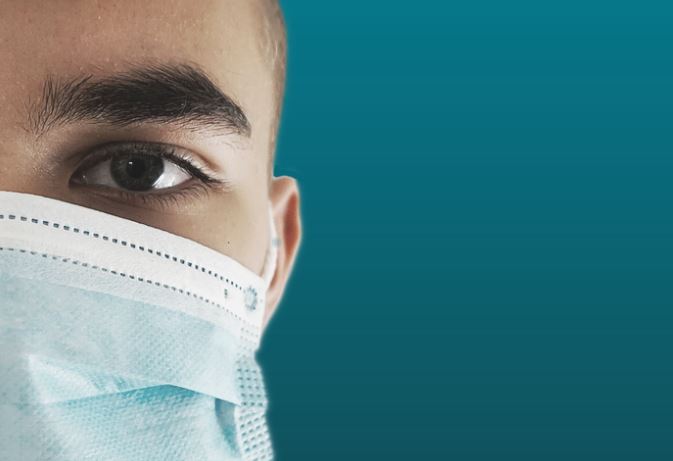During the COVID-19 pandemic, with masks covering the faces around us, it’s impossible to see the facial expressions and lip movements that are so vital to daily spoken communication – a problem that is particularly challenging to people with hearing loss.
In an editorial, published on July 9th in the British Medical Journal, Dr. Jan Blustein, professor of health policy and medicine at the Robert F Wagner Graduate School of Public Service at New York University, discusses the consequences of face masks for communication in health care settings for patients with loss of hearing.
The commentary was coauthored by her research colleagues Dr. Joshua Chodosh, professor of medicine and population health at New York University’s Grossman School of Medicine, and Barbara E. Weinstein, professor of audiology at the Graduate Center of the City University of New York.
“Communication between patient and clinician is at the heart of medical care. Even before masks became ubiquitous, people with hearing loss struggled to communicate in healthcare settings, and poor communication was the likely cause of their documented worse health outcomes. Now masks are blocking lip movements and facial expressions – and these are so important when hearing is marginal. Masks also muffle the high frequency portions of sound that are essential to speech.”
“Masking is challenging for everyone, but it is especially difficult for people with hearing loss,” noted Blustein.
Chodosh, a geriatrician, said that hearing loss is especially prevalent among older people.
“Two-thirds of people age 70 and older have hearing loss,” he said. “Whenever we talk to an older patient, we need to be mindful that they may be having difficulty understanding speech. In the masked era, this is even more important.”
Overcoming Masked Communication
The researchers recommended several ways for clinicians to overcome the barriers of masked communication, including simple strategies, such as facing the patient and getting their attention while speaking.
Visual aids, such as whiteboards, can facilitate communication, and some tech-savvy patients may use speech-to-text translation apps on their cell phones. Simple, inexpensive personal amplifiers can provide needed amplification.
Finally, face masks with clear windows are emerging as favored solutions for people with hearing loss and those who are Deaf. These masks are in short supply, and some do not satisfy current regulatory requirements for health care settings.
“However, this is an area for product innovation and practice change in the future,” according to Blustein.
“Masks also pose enormous barriers beyond health care settings for those who have hearing loss or are Deaf and use sign language,” noted Blustein.
“This is the focus of growing activism and advocacy. We need to protect ourselves and others, but we also must communicate. Finding ways to satisfy both is a challenge needing urgent attention.”
Source: NYU






